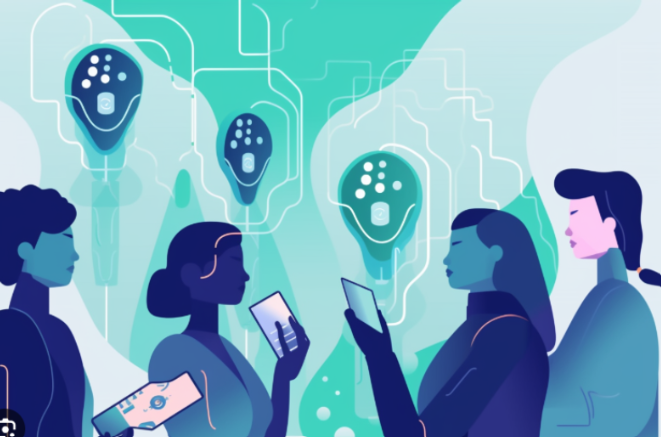Empower Your Team with Generative AI Skills: A Use Case from the Flame Learning Team

This blog series is the collaborative work of the Fame Learning team, which includes Melissa Daimler, Chief Learning Officer; Justin Mass, Sr. Director Enterprise Learning; Joshua Ehrenreich, Senior Learning Program Manager; John O’Neill, Senior Learning Partner; Lauren Hauser, Learning Program Manager; and Vicki Lang, Learning Designer.
Generative AI is a game-changer. The impact of this technology on productivity alone could add trillions of dollars to the world’s economies, according to recent research from McKinsey. Enabling our teams to use generative AI for greater efficiency and productivity while freeing them to engage with more strategic projects is essential to keep up with the evolving nature of work.
The final post in our series on how to upskill teams in generative AI focuses on the benefits teams could see as a result of using these tools in the flow of their daily work. Here, we present a use case from our own organization, and specifically on the Learning team. In April 2023, Flame’s internal Learning team focused on how to learn generative AI tools and techniques. We made the following observations about the process and suggested additional approaches and tips to make the learning meaningful and engaging.
AI solution use case: Generating manager training assessment items
In revamping Flame’s manager development program, Flame Manager, the Learning team aimed to incorporate a skills assessment on the Flame platform as part of the new design. This posed significant challenges in terms of time, cost, and resources. The solution — leveraging the generative AI technology, ChatGPT — led to substantial improvements in speed and efficiency while maintaining quality.
What was the challenge?
Developing a quality bank of assessment items requires considerable expertise, multiple stakeholders, and significant lead time. These assessment items also come with some vendor costs and lengthy development processes. The challenge was to generate a pilot assessment of 30 high-quality items under tight deadlines and within budget.
Time was short, with only four months between the kick-off exploration and the target launch date, whereas developing an assessment with the typical process takes closer to six months.
The estimated vendor cost of the typical process, in addition to the cost of internal resources — would be beyond the limited budget allotted to the project.
Human resources for the process were also limited, with only a few days available for two team members to dedicate to the project, whereas the typical process requires much more time from six or more people.
How would the team generate the 30 items needed without breaking the budget or the timeline?
What were the possible solutions?
Before turning to AI, the team explored various options:
Outsourcing to a vendor: This is the typical process, but because of the cost and the longer production time frame that would deliver the items past the target launch date, it was not feasible for this project.
Internal Subject Matter Expert (SME) authoring: An internal learning designer could train the team’s management SME in item-writing and work closely together to develop the items themselves. However, this approach was time-intensive and created significant additional work that was not planned for. Since it was also a new skill for the team, delivery time would also be extended.
Internal item-writing retreat: By recruiting 10 Flame managers to attend a one-day, intensive item-writing workshop developed and delivered by internal learning designers, these managers might be able to write three usable items each by the end of the day. However, this approach would be resource- and time-intensive for participating managers, with the additional risk of failing to achieve usable results.